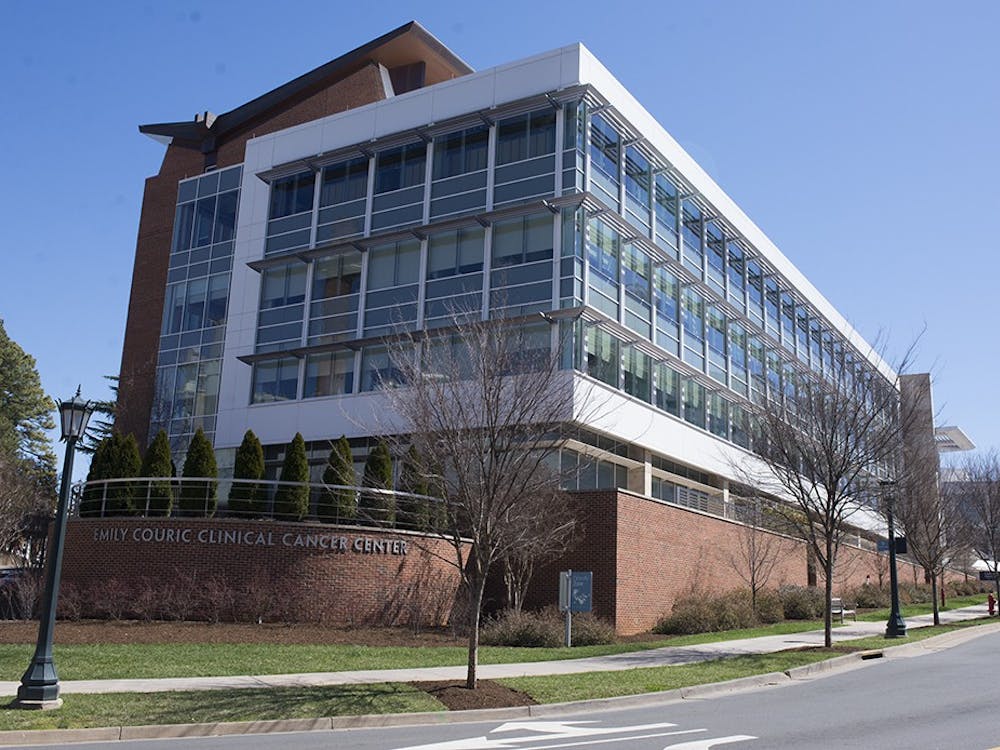It might seem a little early to worry about skin cancer in college, as it is usually not detected until late adulthood; however, overexposure during childhood and adolescence significantly impacts the risk of skin cancer. College-aged students need to understand that for this reason, skin protection is vital in reducing the risk of future skin cancer.
Invisible ultraviolet rays are the culprit when it comes to skin cancer. UV rays include both UVA and UVB rays, those most commonly related to skin cancer. The most obvious sign of skin damage includes a deep reddening of the skin, or sunburn; however, suntans are another sign — they develop after the sun’s rays kill some cells and damage others. UV rays cause skin damage during any season or at any temperature; for this reason, skin protection is important not only during the warmer, sunnier months.
The necessity of skin protection applies to both sunlight and artificial UV rays, such as those found in tanning beds. Tanning is the body’s natural defense mechanism to prevent further UV radiation damage; skin cells produce brown pigment to protect from additional UV exposure. College-aged students need to understand that sunburn is not the only sign of skin damage; skin protection is necessary even if one tans easily.
Dr. Amy Alson of the Charlottesville Free Clinic said there are two basic classes of skin cancer: non-melanoma, which includes squamous cell and basal cell cancers, and melanoma. The difference between them is not only in appearance, but also in the risk factors. According to the MedlinePlus Web site, skin cancer is the most common form of cancer in the United States, non-melanoma being the most common types.The following question-and-answer session was conducted with Dr. Alson about the different types of skin cancers.
What are the differences between the non-melanoma and melanoma skin cancers?
Non-melanoma invades the skin tissue and can be disfiguring. Also, non-melanoma is less likely to spread [than] melanoma. Melanoma tends to be much more serious and causes the most death related to skin cancer.
What causes skin cancer?
All skin cancer is caused by overexposure to UVA and UVB rays. Melanoma and basal cell is usually caused by intermittent exposure in childhood and adolescence, while squamous is more likely to occur from chronic exposure. Another risk factor for non-melanoma skin cancer is smoking. Although melanoma only accounts for 4 percent of all cancer, melanoma is responsible for 77 percent of skin cancer deaths.
What are the symptoms of skin cancer?
The most common symptom of skin cancer is a visible skin lesion. That may be new or an already existing one that has changed. Melanoma skin cancer is usually indicated by irregular change in a mole; this may include changing borders or bleeding. On the other hand, basal cell may resemble a scab that keeps coming back, while squamous usually includes a scaly lesion.
If someone believes that he/she has a mole that appears disfigured, scaly or perhaps bleeding, he/she should visit a doctor. Because skin cancer does not always show up in visible places such as the face, it is important to routinely check the entire body, such as the legs, back and arms.
What are the ways to prevent skin cancer?
Because overexposure during childhood and adolescence is one of the number-one risk factors regarding skin cancer, it is important for college-aged students to utilize skin protection — this includes both sunscreen of a SPF 15 or higher and sun-protective clothing. SPF is a measure of protection against UVB rays; for this reason, people should use products that include ingredients such as zinc oxide to protect against harmful UVA rays.
What treatment is available?
Usually, melanoma is treated through surgical means. Basal cell skin cancer is treated most commonly through Mohs surgery, which consists of microscopic removal incrementally — the tissue is removed piece by piece to prevent scarring and damage. Squamous skin cancer is treated through topical medicine. For both melanoma and non-melanoma, biopsies are taken to determine whether or not the skin tissue is cancerous.
How common is skin cancer?
Skin cancer is more common in older men past the age of 45. Also, Caucasians are more likely to be diagnosed skin cancer. One out of 55 men will have melanoma skin cancer during a lifetime, while one out of 82 females will.
Further, what precautions should college students take?
College-aged people should ensure to use skin protection at all times. Because college students are outside a lot, sunscreen should be used, as well as sun-protective clothing. This includes walking to class, football games, etc.






